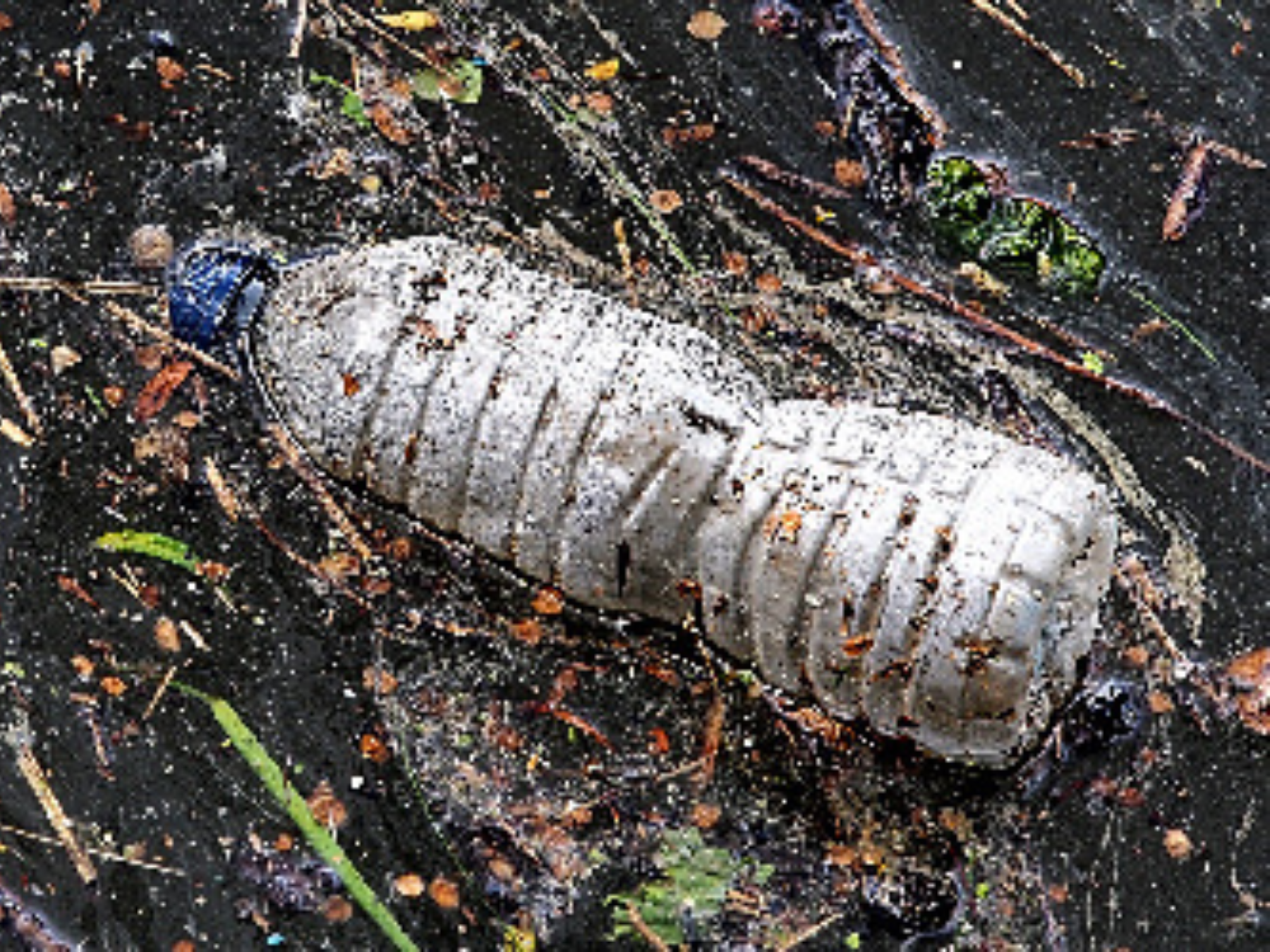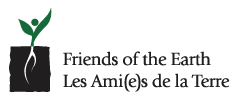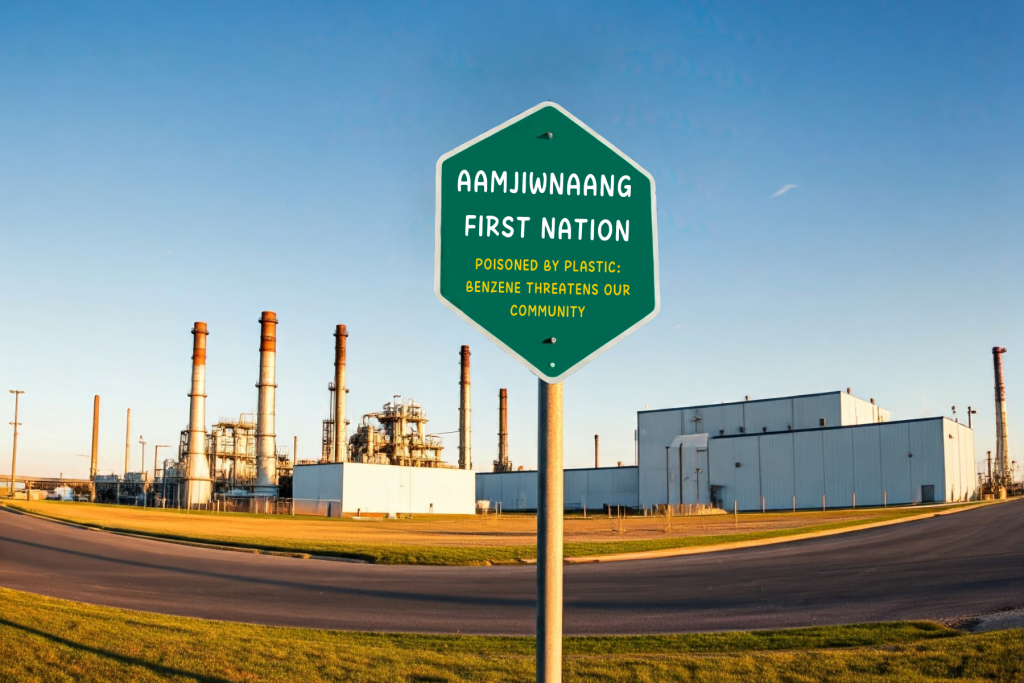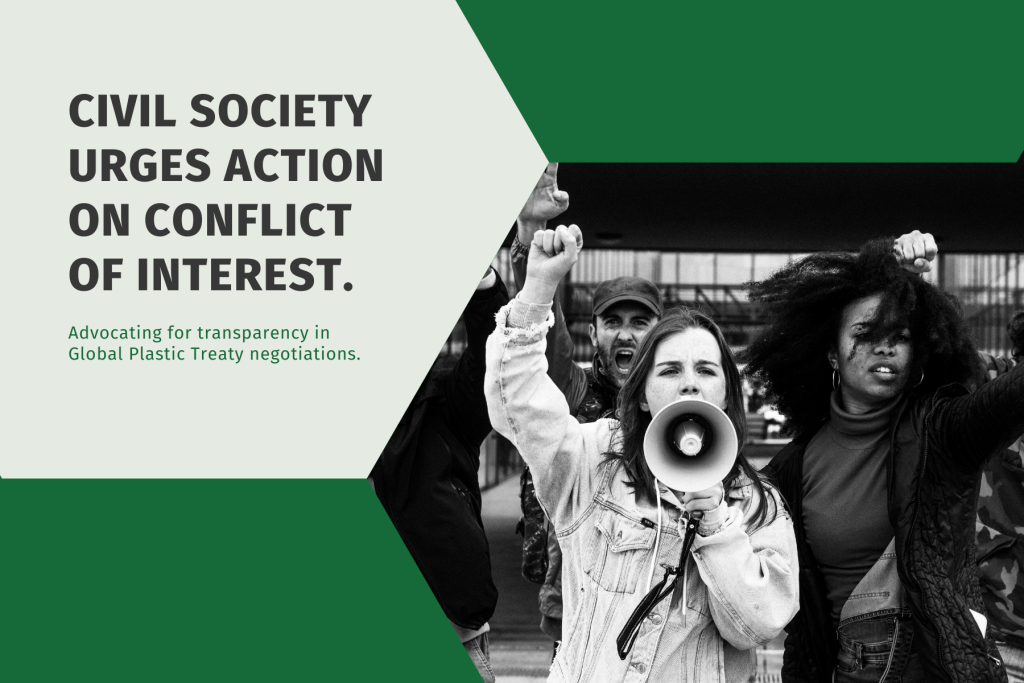Water & Plastic Pollution
Plastic Pollutes
Plastic pollution is a global problem that goes far beyond the scope of litter. While the world’s attention is riveted by images of ocean wildlife speared by plastic straws or body cavities packed with plastic garbage, smaller, insidious particles of the same pollution dwell in you and me.
We ingest a credit-card weight of plastic every week and we excrete it with a vague understanding of the “inflammation” it may be inflicting in our bodies. In a world’s regrettable first, Italian researchers found particles of microplastic in the placenta of pregnant women and in their fetus.
We know there are many pathways for plastic to move into our freshwater and our bodies, including plastic mulch on agricultural fields, laundry wastewater, supposedly flushable wipes in sewer lines, and even small plastic price look-up stickers on fruit and vegetables. Freshwater-based microplastic, carrying hitchhiker pollutants such as long-buried PCBs, are eaten by fish, then eaten by you and me.
With over a thousand metric tons of plastic produced globally every day, it’s not surprising that plastic waste is turning up everywhere. As our global standard of living has grown, so has the amount of plastic produced, used, and discarded.
Also, the production of plastics contributes to climate change – it’s made from fossil hydrocarbons and pollutes at every stage in its lifecycle (material extraction, product production, waste disposal).
Read on for key facts about plastic pollution and find out what you can do to help.
Friends of the Earth International demands for the binding treaty on plastics
Leading into the fourth stage of the global plastics treaty negotiations Friends of the Earth International is active in the process of developing an ambitious new global Plastics Treaty that seeks to end plastic pollution by dramatically
reducing plastic production, consumption and trade, and scaling up system change solutions.
Join the Plastic-Free Lunch Campaign
FoE’s 11-year-old Plastics Campaigner, Maya, is calling on students, parents, and teachers to join her in getting rid of single use plastics in school lunches. Maya has calculated that could avoid pollution by 4,656 pieces of single-use plastic over the school year. At the same time, it could save their families money on their grocery bills – as much as $716 over the school year. We’re inviting schools, classrooms, and Eco-Clubs across Canada to join and participate in the campaign by taking action with their school community during Oct. 2023 and/or Feb. 2024.
Maya’s plastic pollution campaign for kids and families
Ten year-old Maya and Friends of the Earth launched Maya’s Plastic Pollution Campaign. Its goal was to raise awareness of plastic price look-up stickers (PLUs) on fruits and vegetables and the ways in which they can harm our environment, and to call on the federal government to include these stickers under an expansion of the country’s single-use plastics ban. #ExpandTheBan.—

#ExpandTheBan for Single Use Plastics
Plastic pollutes at each stage of its lifecycle and puts the health of the climate, wildlife, ecosystems, and humans at risk. Managing the problem downstream, at the point of pollution, won’t work to reduce waste and curb pollution. We need to reduce the production of plastic to prevent further harm.

Canadians Say Politicians Need to Tackle Plastics Pollution
The electorate wants action to stop plastics pollution: 86% of Canadians want you to take more action on plastics as a way of reducing climate harmful greenhouse gases. And 8 out 10 Canadians will support you to ban production and use of single-use disposable plastic containers and packaging.

Flush me? Flush me not!
While they’re convenient, using these single-use products made of plastics and/or synthetic materials has grave environmental consequences in addition to real costs to municipal taxpayers. Concerned and informed Canadians can make a difference by refusing to buy and flush these products.–
Single-use plastics in our everyday life:

Polyethylene terephthalate (PET)
Water bottles, dispensing containers, biscuit trays

High—density polyethylene (HDPE)
Shampoo bottles, milk bottles, freezer bags, ice cream containers

Low—density polyethylene (LDPE)
Bags, trays, containers, food packaging film

Polypropylene (PP)
Potato chip bags, microwave dishes, ice cream tubs, bottle caps

Polystyrene (PS)
Cutlery, plates, cups

Expanded polystyrene (EPS)
Protective packaging, hot drink cups
How plastic moves from the economy to the environment

Read more about Water & Plastics













